“I look at my role as being a friend of Canberra Hospital, I can bring some pleasure and happiness sometimes to people who are really in difficult times in their lives.”
With backing music from a Bluetooth speaker, Sayer croons his way around the cancer wards, making a human connection with everyone he comes across.

Canberra Region Cancer Centre Operations Manager Caroline McIntyre says Sayer’s visits are typically kept a surprise for patients and staff.
“He’s always come in so discreetly,” she says.
“Normally it’s just very quiet, he comes up in the back lift and says hello to literally everybody.
“Some of them are doing it tough, and to have a little bit of joy and light – it really gives them a lift.
“What makes me happy is to see people getting chemo on their feet dancing.”
Jamming with Jimi Hendrix, Countdown and the Troubadour
Originally a graphic designer by trade, English-born Leo Sayer rose to pop prominence in London in the late 1960s, as a singer-songwriter – and was soon adopted by Australia as an honorary son after his first tour here in 1974.
He went on to become an Australian citizen in 2009.
Sayer was a regular on ABC TV’s Countdown during the 70s and 80s, performing chart-toppers like “You Make Me Feel Like Dancing”, “When I Need You”, “More Than I Could Say” and “Orchard Road”.

He blushingly admits they were wild days – when he didn’t always live up to his “good-guy” public persona.
“It was mad, I mean, Top of the Pops in England, Countdown over here,” he says.
“You were mobbed by the fans, I remember being dragged out of a limousine the first tour that I came here, and then speaking to crazy people like Molly Meldrum on TV and trying to sort of like take it all in.”
It seems hard to believe – the petite, well-spoken singer, with a mane of curly hair that inspired changing his name from Gerard to Leo – beating off mobs of screaming fangirls.
Sayer circulated in superstar company, becoming close friends with former Beatles George Harrison and Paul McCartney, collaborating with Roger Daltrey of The Who, and even sharing a sly cigarette or two with John Lennon and Yoko Ono who had a flat above his design studio.
“I met Jimi Hendrix right at the start of his career. I actually jammed with him, playing the harmonica, and him playing the guitar,” he says.
Recalling his 1975 opening night at the famous Troubadour Club in Los Angeles, he looked up to see an intimidating line-up of fans in the front row.

“It was David Bowie, Elton John, and ‘The Fonz’ [Henry Winkler].”
Alongside them: John Cleese, Mick Jagger, Bernie Taupin, and comedian Marty Feldman.
“We never thought it would last, we were adapting to things around us, writing songs about things that are around us,” he says.
“And we thought they were only for our generation — so the amazing thing is my music’s become like a fine wine, where you lay it down and years later, it becomes a collector’s item.
“We’re in an age where the music that I make, young kids are actually latching onto it now, and they’re finding that that generation and that style of music we made is as current now as anything.”
Sayer’s health battles, still spreading hope at 76
Leo Sayer says his hospital charity work caps off a career dedicated to providing joy through music.
“It’s a nice piece of synchronicity really, because I was born in the grounds of a hospital in Shoreham by Sea in Sussex, near Brighton in England,” Mr Sayer said.
“I suppose I’ve always felt comfortable in hospitals and being around hospitals.
“Growing up, my dad was a hospital engineer, Mum was a nurse, my sister was a matron.”
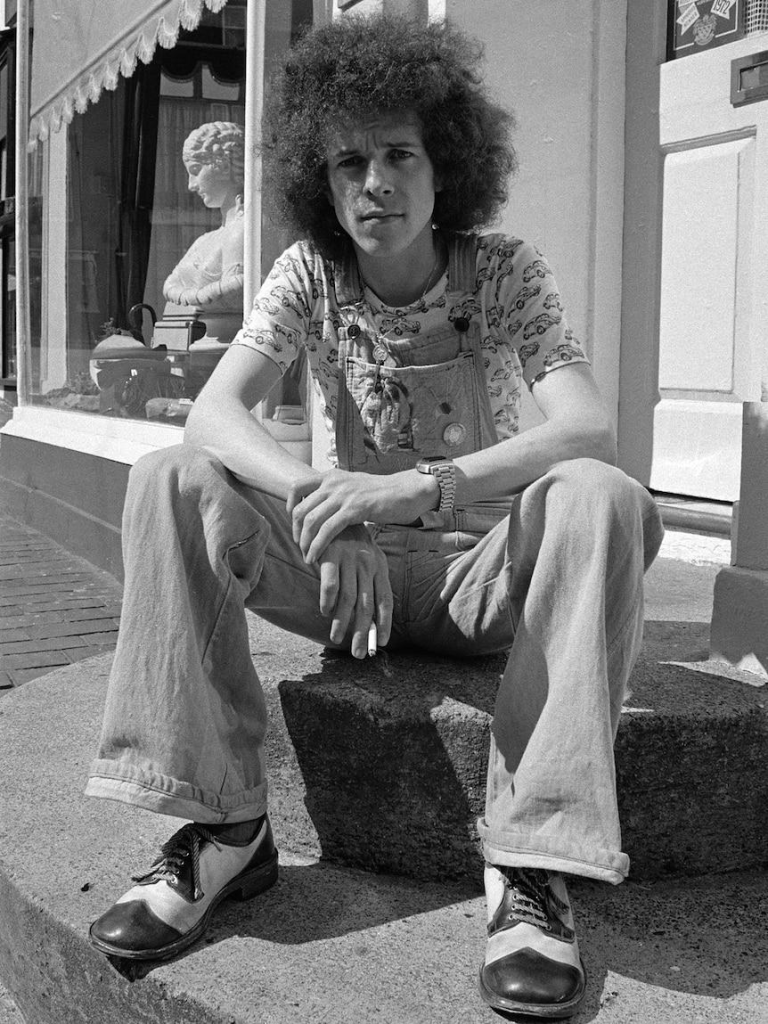
Sayer has health struggles of his own, including three stents in his heart, which help him have a genuine connection to the hospital patients he entertains.
“[My music] is providing something that isn’t taking away from any of the treatment that’s going on. It’s providing something that’s just putting a smile on peoples’ faces.
“Music is communication and that’s what this is all about, we’re communicating, we’re making people feel better.
“We’re not healing people with music, but we are making them feel better about their healing.
“To sell out Canberra Hospital will do me fine.”
Man Who Was Adopted 60 Years Ago Learns He Has 4 Carbon Copies
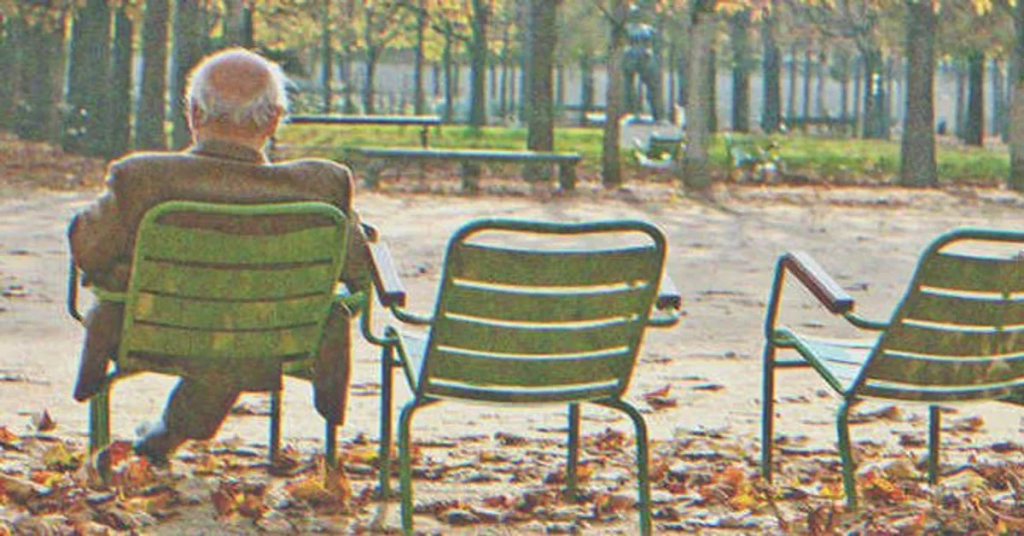
A 60-year-old man is shocked when a perfect stranger walks up to him in a restaurant and calls him a cheater — and discovers he has several siblings.
Advertisement
Phillip Granger decided he must have one of those common faces because as far back as he could remember, people had been coming up to him and mistaking him for other men.
It wasn’t much of a consolation that his wife thought him handsome when everyone seemed to think he was commonplace. Things came to a head when Phillip was 60 years old and out to dinner with his wife.
Phillip and Mara were out to dinner celebrating a business deal that she’d pulled off at one of their favorite restaurants. He was holding his wife’s hand and leaning over to kiss her when a woman suddenly walked up to them.
“So you had to work tonight?” she screamed. “You had an emergency surgery? You CHEAT! We are over!” She dashed her glass of wine on Phillip’s face and walked off.
Phillip mopped up the red wine with his napkin and shook his head. “I’m sorry honey,” he said to Mara. “I don’t know what’s going on!” But Mara was on her feet and following the woman out of the restaurant.
Incredible things happen to ordinary people every day.
“Excuse me,” Mara said when she caught up with the woman. “Please, can you tell me what’s going on?”
Advertisement

Phillip and his wife were having dinner when something extraordinary happened. | Source: Pexels
“Who are you?” the woman asked angrily. “His girlfriend?”
“No,” Mara replied. “I’m his wife.”
“He’s MARRIED?” the woman cried. “I swear it’s the last time I date a doctor! Dr. Ralf Gois! I should have known!”
“My husband’s name is Phillip Granger,” Mara said. “And he’s not a doctor.”

“You CHEAT! We are over!” | Source: Unsplash
Advertisement
The woman looked embarrassed. “Oh my God!” she gasped. “But he looks EXACTLY like Ralf! Like a twin!” By the time the woman left, Mara had Dr. Ralf Gois’ phone number.
“Listen, Phil,” she said. “This is very strange. That woman said this Ralf looks exactly like you, like a twin. You were adopted, so maybe this guy IS your twin.”
Phillip was excited. He’d grown up in a loving home, but his life had always felt empty as if something was missing — and now the idea of a twin seemed to somehow ring a chime in his heart. That was what was missing! A sibling!
“He may be just a lookalike,” Phillip protested, but he allowed Mara to talk him into phoning Ralf and setting up a meeting. “Hello,” he said. “You don’t know me, my name is Phillip Granger, and I think we look alike…”
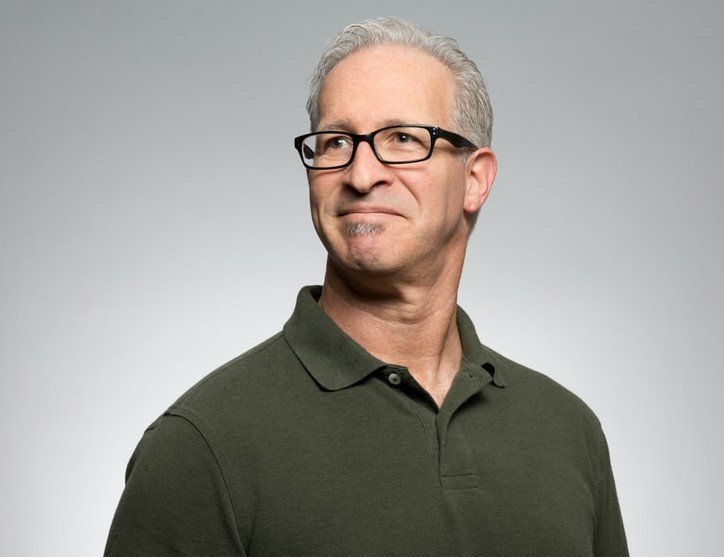
Phillip discovered he looked exactly like a man called Ralf Gois. | Source: Unsplash
Advertisement
That very afternoon, Phil and Ralf met and it was like looking into a mirror. They were identical, and after a short conversation, they discovered that they were both adopted, born at the same hospital on the same day!
The two men couldn’t stop laughing and crying and hugging each other. Ralf had never married, his parents were deceased, and finding a brother was a dream come true.
Then Ralf said, “Hey Phil, we can find our mother! We were born at the hospital where I work, and I know they’ve put all their records into the computers…All I have to do is punch in our birth date!”
The two men rushed to the hospital where Ralf led his newfound twin to his office and accessed the hospital records. “Easy as pie,” he cried excitedly, then Phil saw his brother’s face turn white as snow.

At the hospital, Ralf accessed the birth records. | Source: Unsplash
Advertisement
“Ralf?” he asked. “Are you OK? Did you find her?” Ralf looked up at Phil with huge glazed eyes and nodded dumbly. “Come on, what’s her name?” Phil cried impatiently.
“Janet Corbin,” he whispered. “But Phil…”
“That’s great!” Phil said grinning. “So what’s the problem?”
“There’s five of us…” Ralf gasped. “FIVE!”

They discovered that there were five of them. | Source: Unsplash
Phil and Ralf took a selfie together and put it on their Instagram accounts, told their story, and appealed to anyone who thought they looked like someone they knew to come forward: “Help us find our brothers!”
The messages flooded in and soon Ralf and Phil met Tom and Gordon — and their reunion was incredible. They were all identical! Mara told Phil that seeing him with his brothers made her feel dizzy.
Advertisement
“Mara,” Phil said quietly. “I’ve never felt so happy or complete in my life — but there’s still one of us missing!”
The four brothers took another selfie and repeated their appeal, and by then, their story had gone national with TV stations calling them for interviews. Then one evening, the missing brother appeared, but he wasn’t alone.

The four brothers were having dinner when the doorbell rang | Source: Unsplash
Ralf, Phil, Tom, and Gordon were having dinner at Phil’s house when the doorbell rang and Mara got up to answer it. She came back with a huge smile on her face.
“Who was it?” asked Phil.
“Actually,” said Mara, “it’s you…” and she stepped aside so the four men could see the last quintuple, who was exactly like his brothers. “This is David…”
Advertisement
David walked into the middle of his brothers, but he wasn’t alone. By his side was a tiny elderly woman. “This,” David said, “is mom.”
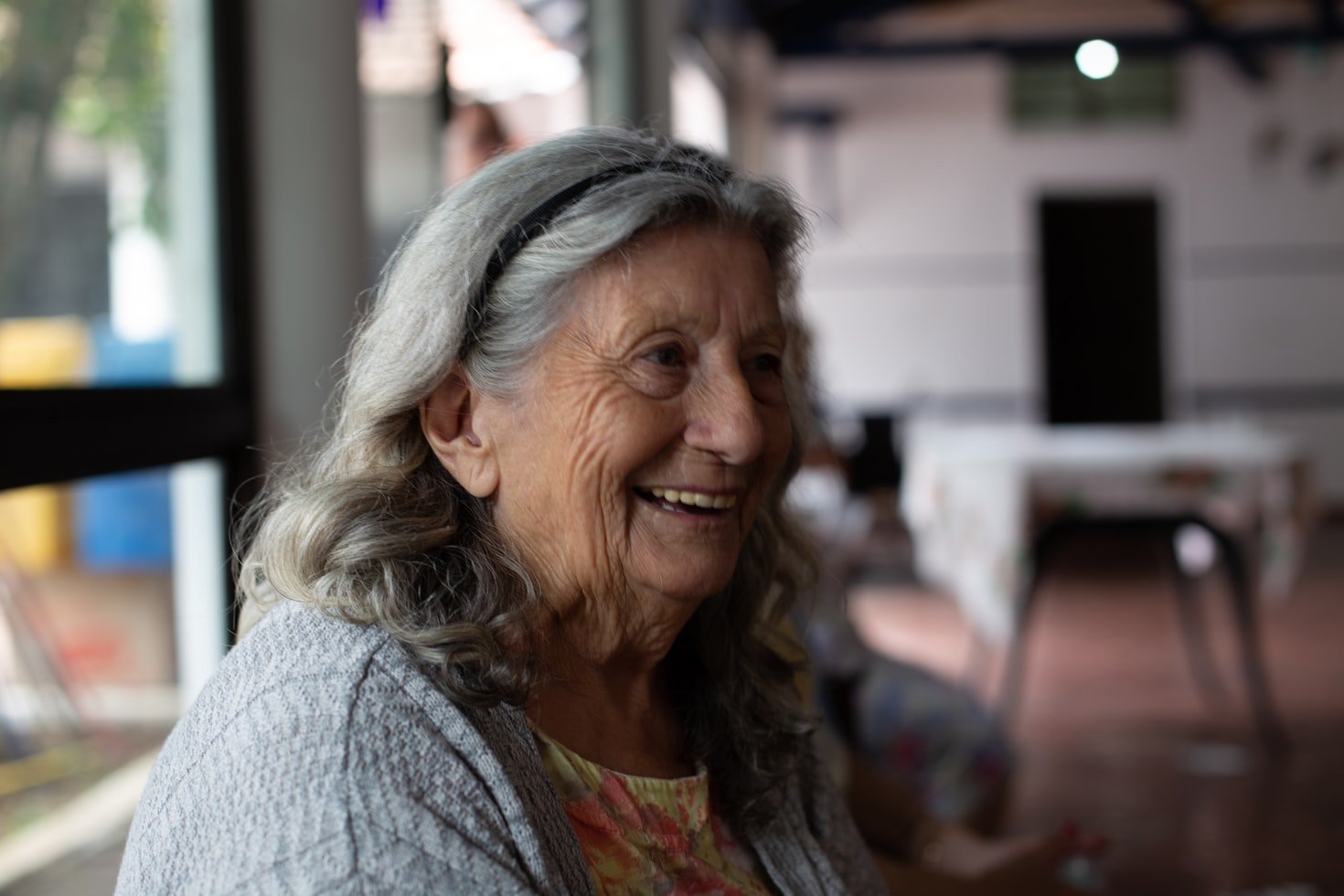
The quintuplets were reunited with their mother. | Source: Unsplash
The woman had tears in her eyes. “I’m Janet Corbin,” she said. “And I’m so sorry, so sorry…”
Janet explained that she’d been just 16 when she’d fallen pregnant, and when she gave birth to quintuplets, she was terrified.
Janet’s mother had pressured her into giving away four of the babies and keeping one to raise, and so she did — but she had never forgotten her sons. Now, after nearly sixty years, her family was reunited, and her sons were healed.
What can we learn from this story?
- Family is the most important thing in the world. Phillip had always felt that something was missing from his life until he found his brothers.
- Incredible things happen to ordinary people every day. Phil had never imagined something so extraordinary could happen to him — until it did!
Share this story with your friends. It might brighten their day and inspire them.
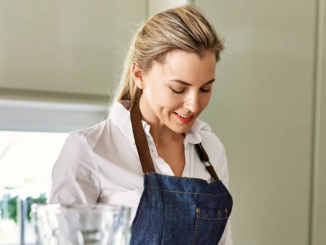
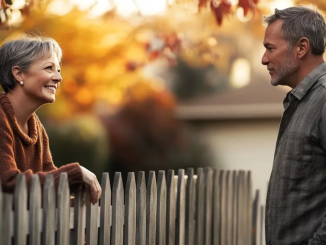

Leave a Reply